
Photographer Henry Iddon was recently involved in a project using an antique Underwood 'Instanto' Whole Plate Camera. His work caught the attention of multiple mainstream media outlets and is currently showcased in the 'Instanto Outdoors' exhibition at Keswick Museum and Art Gallery until 12th May.
We sent Henry some questions to hear more about the challenges of shooting modern day climbing with an antique - and rather cumbersome - glass plate camera to reaffirm the work of two Lakeland photographers and mountaineers in the late 1800's and early 1900s: The Abraham Brothers...
Can you explain what glass plate photography is and how it works?
Plate cameras are defined by the type of film they used rather than attributes of the camera itself.
'Plate' refers to the sensitised sheet used to expose the image on to, the earliest cameras used metal plates as in the Daguerrotype and Ferrotype positive processes. These techniques didn't produce a negative, but a positive on metal that couldn't be reproduced. Later glass plate negatives became the norm, from which multiple contact prints could be made. Over time plate sizes became standardised - whole plate being 6.5 x 8.5 inches, half plate 4.25 x 5.5 inches, quarter plate 3.25 x 4.25 inches and so on.
Early cameras produced in any numbers used glass plates. The cameras themselves consisted of a lens mounted on a board which was separated from the glass plate by a set of bellows allowing the gap between them to be varied, and the image focused through the use of a ground glass screen. Because small apertures were used in the lenses the image on the ground glass screen would be faint. Most photographers had a dark cloth, that they draped over themselves and the back of the camera, allowing them to see the image ( Which is upside down and back to front) while composing and focusing. Once this was done the ground glass could be replaced by a dark slide containing the glass plate or later sheet film.
Who were the Abraham Brothers and what's special about this camera in particular?
The Abraham name is famously associated with Lake District photography. George Perry Ashley Abraham, the first of the family to enter the industry, was born in Devizes in 1844. He began work as a photographer in London with Elliot & Fry of Baker Street but later moved up to Keswick to take up an apprenticeship with Alfred Pettit at his newly established Art Gallery on Ambleside Road. Pettit however could never decide whether he wanted to paint or take photographs and so in 1866 after 4 years at Pettit's gallery, Abraham left to start his own photography business (In the property that is now George Fisher's of Keswick). He concentrated on studio portraits but left himself enough time to pursue his principal passion – landscape photography. George Senior was a highly competent photographer who would, in time, become a Fellow of the Royal Photographic Society. George Senior's reputation was to be eclipsed by that of his two sons, George (1870 - 1965) and Ashley (1876 - 1951).
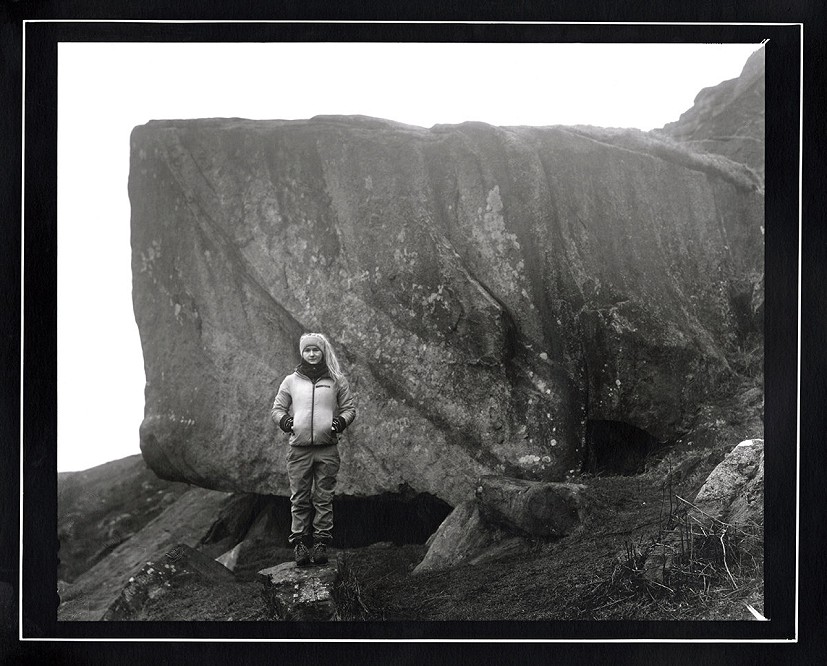
George and Ashley were active in the evolving Lake District climbing scene, of the late 1800s and early 1900s, and began to take their father's cameras out on to the crags to capture the action, as well as take landscape images from otherwise inaccessible positions. Their images were displayed in the Abrahams' shop and what would now been deemed a routine route or climbing image would be viewed then as showing daredevil climbers in perilous positions. This was 'extreme sports' in it's infancy. Owen Glynne Jones was writing his classic work 'Rock Climbing in the English Lake District' (1897) at the time and invited the brothers to supply images. This they did and their climbing photography reached a broader audience. Sadly Jones was killed climbing the Ferpècle Arête on the Dent Blanche in Switzerland in August 1899, but the brothers went on to produce companion volumes to the first seminal publication.
Rock Climbing in North Wales (by George, in 1906) and Rock Climbing in Skye (by Ashley, in 1907). Much of their well known work was done between 1890 and 1920 and a large selection of it is in the possession of the Fell and Rock Climbing Club of the English Lake District, which they were founder members of.
Succeeded in the business by Ashley's son, the Abraham photographic business lasted for over 100 years before it closed its doors for the final time in November 1967. Eventually various items including camera equipment, negatives, prints, and postcards went to auction where local mountaineer and historian Ed Hammond secured a selection of items and added them to his Wasdale Collection.
The Abraham camera in the Wasdale Collection is an Underwood 'Instanto' Whole Plate Camera. These cameras were manufactured by E & T Underwood at their Brunswick Works, 130 - 2 Granville Street, Birmingham from 1886 to 1905. They were a popular model at the time, and constructed of seasoned mahogany, brass fittings and red or black leather bellows. The lens is a 'Ross of London' dating from around 1870 which doesn't use a shutter, exposure being controlled by removing the lens cap, counting the required exposure, and returning the lens cap. The dark slides were designed for 10x12 inch glass plates, when the camera was made camera size hadn't been standardised. It may have been that the camera was built to a special order.
How did the opportunity to use the camera come about?
I first used the camera in early 2014 through the Mountain Heritage Trust and a project involving commemorating the 100th anniversary of Central Buttress on Scafell by Siegfried Hereford. It occurred to me at the time that it would be fantastic to shoot a whole new body of work with a camera previously owned and used by the Abrahams - pioneers of what we'd now call 'action sports photography'. It's not difficult to follow the evolution of what they were doing to where we are now with 'extreme' sports photography shot on drones and POV cameras such as GoPros etc.
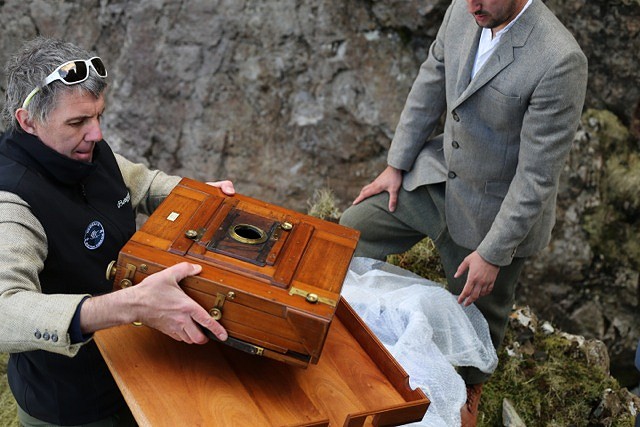
I approached the Mountain Heritage Trust who held the camera on loan from Mr Hammond, they were enthusiastic, and so I approached Keswick Museum and Art Gallery about the possibility of them exhibiting the work. It was then a case of joining various dots, developing a rational and successfully applying of funding from Arts Council England.
What motivated you to develop the project?
In all my personal projects I've tried to produce a body of work that is different, new or a fresh twist on something - like 2008's 'Spots of Time' where I shot the Lake District by moonlight, 'Hill People' a series of portraits featuring people I met at random on the hill, and also 'A Place to Go' which looks at poignant mountain landscapes. All three of those projects have also used different photographic formats - digital SLR, medium format and 5x4 large format. There are plenty of well produced 'standard' landscape images around that just end up repeating each other. I suppose I'm looking for the photography equivalent of 'new routes', or doing a route in a different or more challenging style.
'Action sports and landscape images are now ubiquitous, often taken using digital equipment and shared through social media for instant gratification - how many views or likes has it got…. Look at me I've got more hits than you…. It's almost become a competition.'
So with 'Instanto' what I wanted to do was slow the whole process down, in contrast to the fast snap, manipulate and post online aesthetic of many of todays photographers. Modern cameras are so automated that they require little engagement, the 'Instanto' had to be assembled to be used, you had to touch the wood and brass fittings. Screw in the lens, look though the ground glass screen. It's a camera as a tool, that you have to get to know and understand and use yourself as opposed to relying on the programming skills of someone mystery technologist. With an ultra large format camera the photographer plays a far greater roll in producing the photograph.
Were there any difficulties in using the camera again and developing the shots?
The camera itself is very simple, so in that sense there's not much to go wrong. When we tested it in early 2014 though there was some light leakage through the bellows as they'd perished slightly and the one side of each dark slide also leaked light. All that could be over come using extra dark sheets over the bellows, and only using one side of each of the three darkslides.
The project wasn't about reenactment either, so I didn't intend making glass plates. Once a year Ilford do a custom production run of bespoke film, so I was able to get 10x12 inch sheets of FP4 black and white film made. It wasn't cheap though - 25 sheets having a list price of £250 and I planned on using 75 sheets.
Three images of each scene to be processed, proof contacted, printed, then selecting the best to be produced as an exhibition print. I worked with one of the UK's best and last remaining specialist B+W printers, Pete Guest at Image Black and White in London. Pete hand processed each sheet, did the proof prints and then the exhibition prints.
Obviously carrying the camera to locations had its challenges, fortunately the camera fitted perfectly in an F-stop Shinn rucksack, which is actually designed for video cameras. And the dark slides slotted in to the biggest Fstop ICU and Satori rucksack. The camera and items for a day in the hills weighed in at around 45 lbs, plus 12b tripod and the dark slide pack for a day out weighed in around 25lbs.
Did everything go to plan?
In general the shoots went to plan, on a couple of occasions it was windy and with the camera being so large it was susceptible to catching the wind resulting in shots that weren't critically sharp. So there were two reshoots, one was the portrait of runner Darren Wilson so that was easy to do again at an accessible location. The other was the shelter in Calf Cove behind Great End so that involved another big round trip in Langdale! Obviously there's a lot of other behind the scenes things that go in to producing an exhibition, and working with various stakeholders.
Who and what did you choose to photograph for the project?
The intention was to have at least 25 images in the exhibition, mainly climbing but some landscapes, and some portraits referencing other sports that take place now that wouldn't have been around when the Abrahams were producing their well known work. So I broke that down and aimed at 10 climbing shots, 5 bouldering, 5 landscapes and 5 portraits. Obviously if you're shooting a project fun you can be ad hoc, but with an exhibition deadline to aim at, and not getting the funding in place until late July 2016 I only had around 5 months to play with to get everything done. Factor in the vagaries of the weather and you need a plan.
I wanted the climbing shots to feature as many 'modern' harder routes as possible, the landscapes to have a 'contemporary' feel and not just be standard B+W landscapes, and the portraits to feature modern outdoor sports like mountain biking, paragliding etc.
I'm friends with some well known climbers like Leo Houlding and Neil Gresham as well as personalities involved with other sports, but was also keen to shine the light on some lesser known but equally deserving people, and also reflect women climbing at a good standard. I even bumped in to Lisa Rands at the Bowderstone, so it was great to feature Lisa in a shot. Ron Kenyon at FRCC made some great suggestions which linked me up with some new people to work with such as Pete Gunn, Chris Fisher and Davina Mouat.
Are you pleased with the results?
Yes I'm really delighted with the shots and the exhibition as a whole. The new images look great, the old lens has a unique quality - everything is sharp with a lovely tonal range of greys and great textures. The 6 landscape images work in 3 pairs as well - linked by a theme or 'motif'. The exhibition prints were done on a warm tone paper which gives a slightly warm creamy look to them. There is also a display showing changes in camera technology from the 'Instanto' through 1950s 35mm cameras through to recent pro digital SLRs, as well as an iPhone and drone - along with images that those cameras have been used to take. And some films in the 'minimar' mini cinema.
We've also included modern prints from scans of original Abraham images, as well as items from the Abraham family archive via a relative, Sue Sternberg.
Which is your favourite shot?
Tricky one ! The one of Chris Fisher on 'Nowt Burra fleeing thing' is a great - there are similar shots of the route on modern cameras by Al Lee and Bill Birkett, but getting the Instanto up to Cam Crag was a monster day out, and the image looks great through the Ross lens from the 1870s. Other ones I like are Pete Gunn at Armathwaite, the wooden posts above Newlands, and the portrait of the swimmers. They're Paul Scully, Kendal Mountain Festival manager, and his wife Jenny Rice who also works for KMF / Mountain Creative as a designer, it was taken the week after the festival and it was freezing cold. I took it while being interviewed for Radio 4's 'Open Country' programme. I think the portrait of Shauna Coxsey, taken during filming for 'Countryfile', has something unique about it as well.
Would you work with an antique camera again?
Yes, why not! The great thing about this project though was the provenance and history of the specific camera.
Were there any benefits over modern digital cameras?
The old lens, large format, and printing lends an 'otherness' that modern digital images can lack. Also processing large sheet film and hand printing brings randomness and allows chance and serendipity to play a hand. Modern digital photography is pretty predictable and controllable, which is great in many respects but it does lack charm or uniqueness.
Watch a fly-through of the exhibition below:
More information on the exhibition here.
Twitter: @henryiddon
Henry Iddon is a brand ambassador for Fstop, Meindl, Snokart and Source.
- SKILLS: Top Tips for Learning to Sport Climb Outdoors 22 Apr
- INTERVIEW: Albert Ok - The Speed Climbing Coach with a Global Athlete Team 17 Apr
- SKILLS: Top 10 Tips for Making the Move from Indoor to Outdoor Bouldering 24 Jan
- ARTICLE: International Mountain Day 2023 - Mountains & Climate Science at COP28 11 Dec, 2023
- ARTICLE: Did Downclimbing Apes help Evolve our Ultra-Mobile Human Arms? 5 Dec, 2023
- ARTICLE: Dàna - Scotland's Wild Places: Scottish Climbing on the BBC 10 Nov, 2023
- INTERVIEW: Loki's Mischief: Leo Houlding on his Return to Mount Asgard 23 Oct, 2023
- INTERVIEW: BMC CEO Paul Davies on GB Climbing 24 Aug, 2023
- ARTICLE: Paris 2024 Olympic Games: Sport Climbing Qualification and Scoring Explainer 26 Jul, 2023
- INTERVIEW: Malcolm Bass on Life after Stroke 8 Jun, 2023



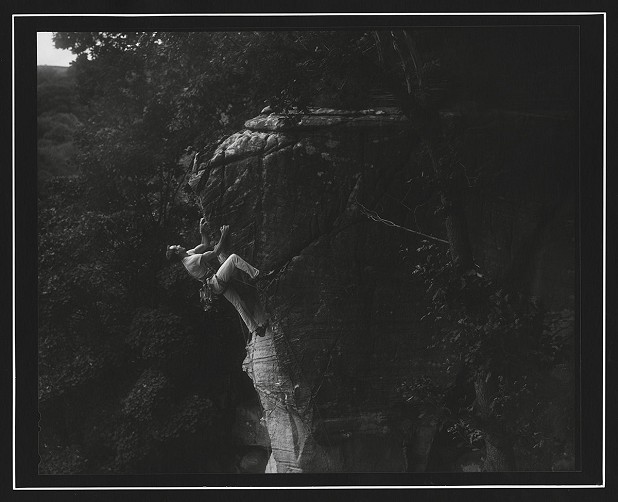
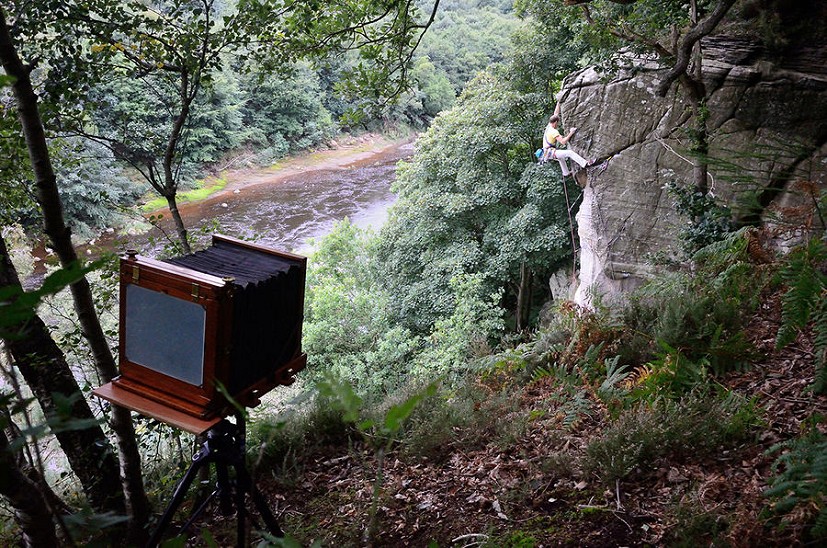

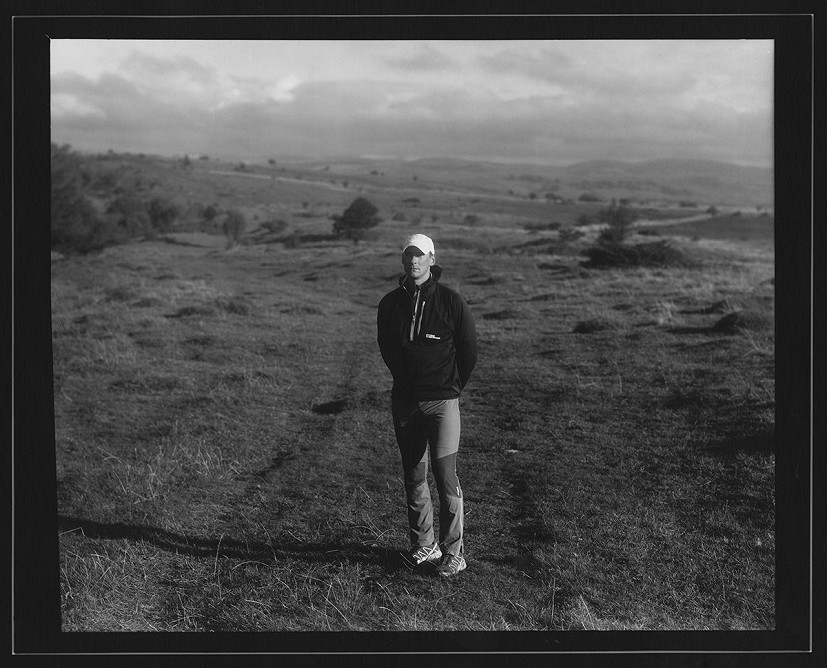
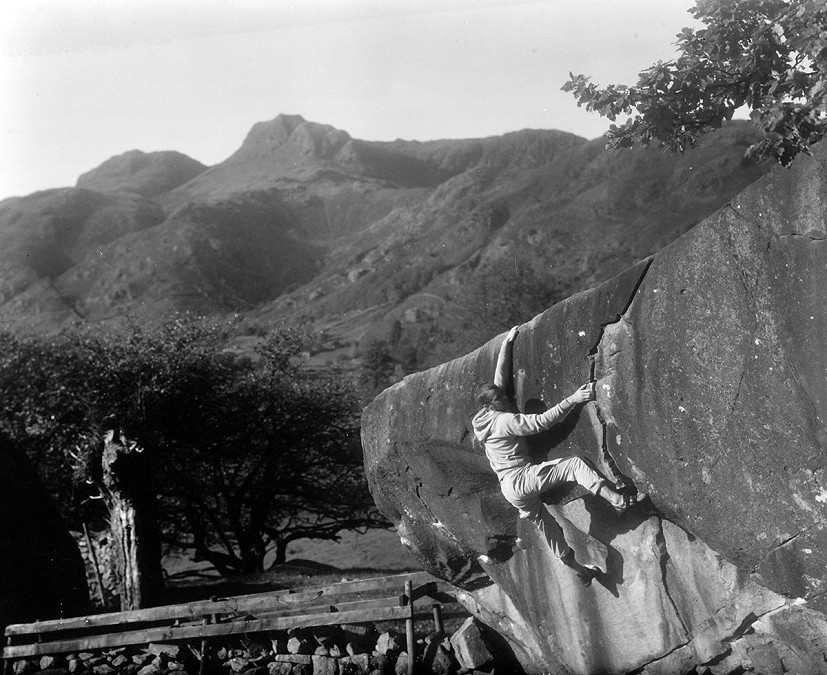
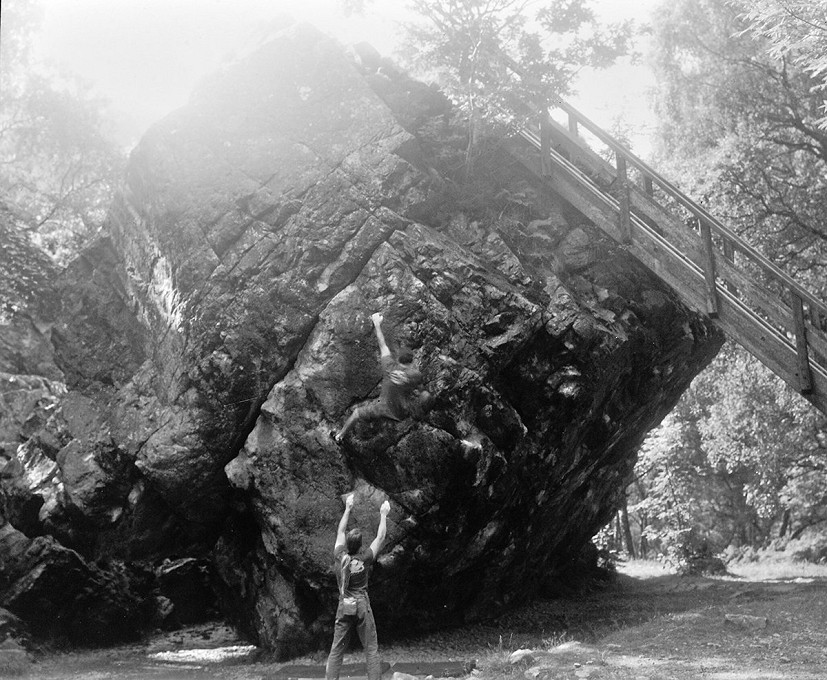
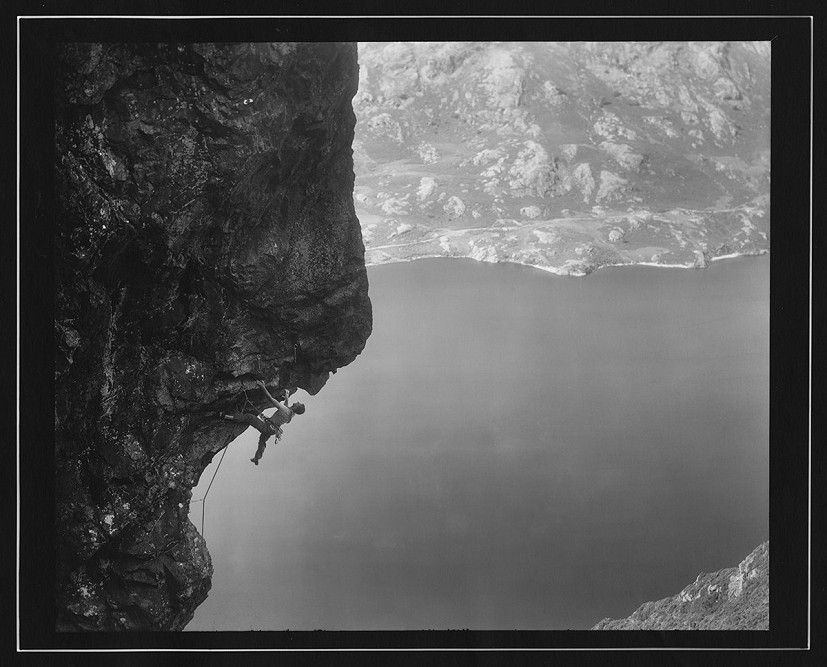












Comments